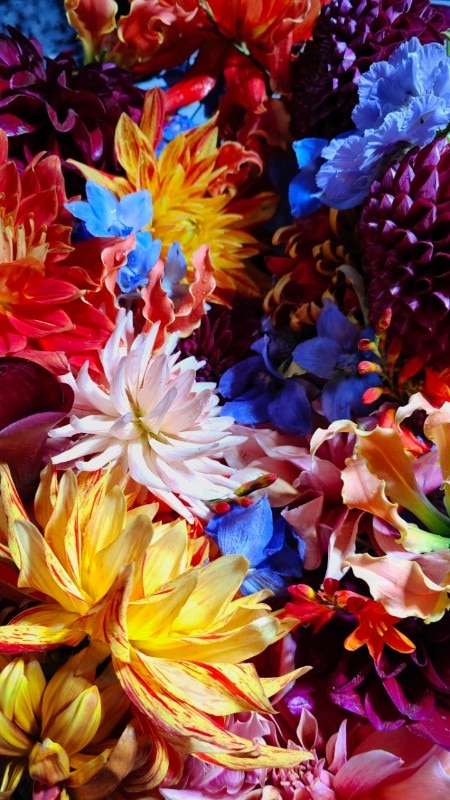In the vast and ambitious exhibition that the Tate Modern devotes to the work of Paul Cezanne, a sort of passage has been set up, with a vitrine accompanied by a text describing some of the more technical aspects of the seminal postimpressionist painter’s art. Among them is a passage by the Austrian poet Rainer Maria Rilke, where it is said that Cezanne used no less than sixteen different shades of blue, which he mixed himself.
Also in London, a few miles away, at the Science Museum, tech giant Oppo presented Billion Colour, a campaign intended to remark on the impressive color gamut of the company’s flagship, the Find X5 Pro - among the best smartphones of the year according to Domus -, capable of capturing and representing more than a billion colors thanks to its proprietary 10-bit system.

Art today passes (also) through the smartphone, and we have often underestimated the importance of color in creativity - a reflection, among other things, of the shift from print on paper to digital enjoyment on screens of varying quality and sometimes poorly calibrated. Color is also a motif of Oppo’s collaboration with Hasselblad, launched together with the Find X5 Pro.

Andrea Zvadova, Hasselblad heroine, a photographer who has always put color at the center of her work, took full advantage of the color performance of the Oppo flagship by signing a campaign in which she captures color in vivid still-life images in which a famous subject from art history, the floral still life, is the protagonist. He did so, of course, interpreting it in his own way: “a mix of real and imaginary,” he explains, also emphasizing the practicality of signing a project using a smartphone instead of a much bulkier Hassy: “it’s much easier to use,” he explains, “more intuitive, light and immediate.”

Bathed in light
Drawing from its more than 30 years of experience, SICIS introduces backlit pools in Vetrite, a patented solution that combines design, technology and function.





.JPG.foto.rmedium.png)

.jpg.foto.rmedium.png)


.jpg.foto.rmedium.png)





